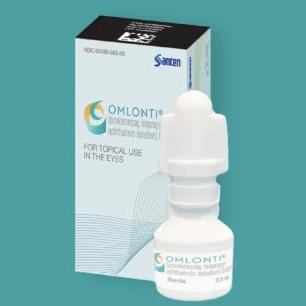Omidenepag isopropyl ophthalmic Interactions
There are 6 drugs known to interact with omidenepag isopropyl ophthalmic. Of the total drug interactions, 6 are moderate.
Medications known to interact with omidenepag isopropyl ophthalmic
Note: Showing generic names only.
More about omidenepag isopropyl ophthalmic
- omidenepag isopropyl ophthalmic consumer information
- Compare alternatives
- Side effects
- Dosage information
- During pregnancy
- Drug class: ophthalmic glaucoma agents
Related treatment guides
Drug Interaction Classification
| Highly clinically significant. Avoid combinations; the risk of the interaction outweighs the benefit. | |
| Moderately clinically significant. Usually avoid combinations; use it only under special circumstances. | |
| Minimally clinically significant. Minimize risk; assess risk and consider an alternative drug, take steps to circumvent the interaction risk and/or institute a monitoring plan. | |
| No interaction information available. |
See also:
Further information
Always consult your healthcare provider to ensure the information displayed on this page applies to your personal circumstances.


